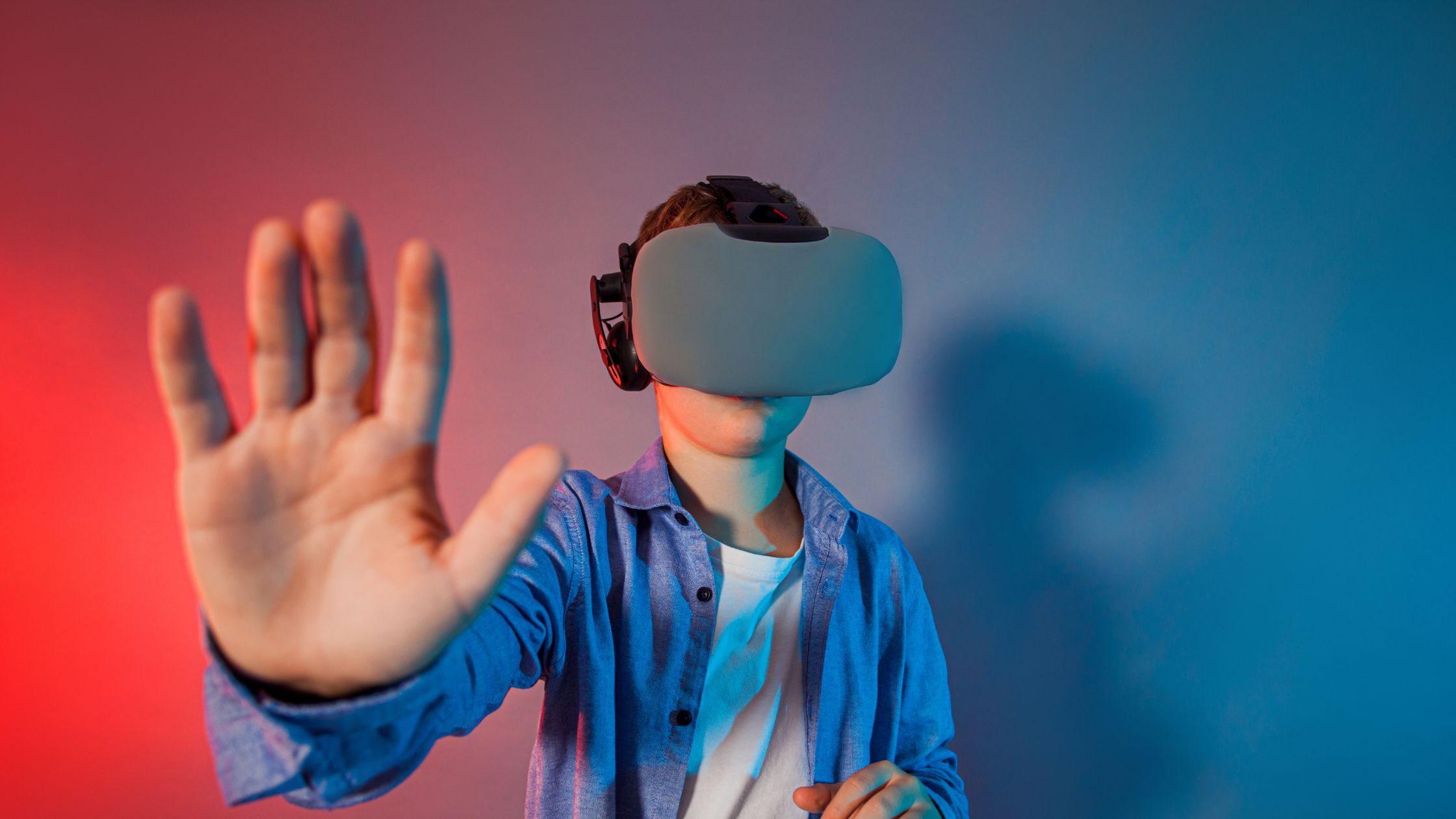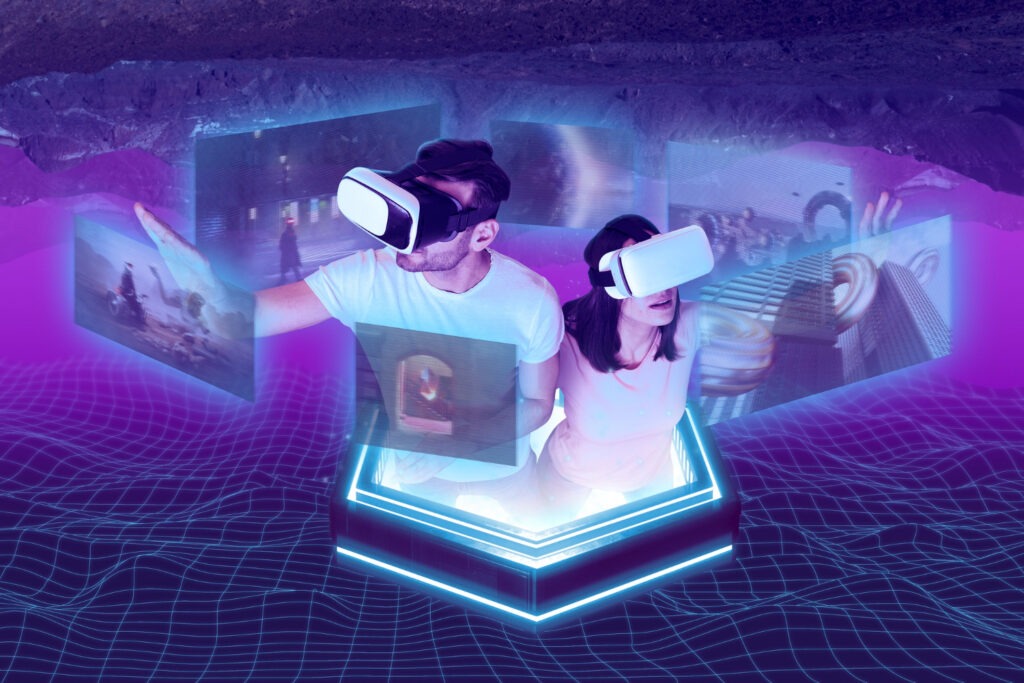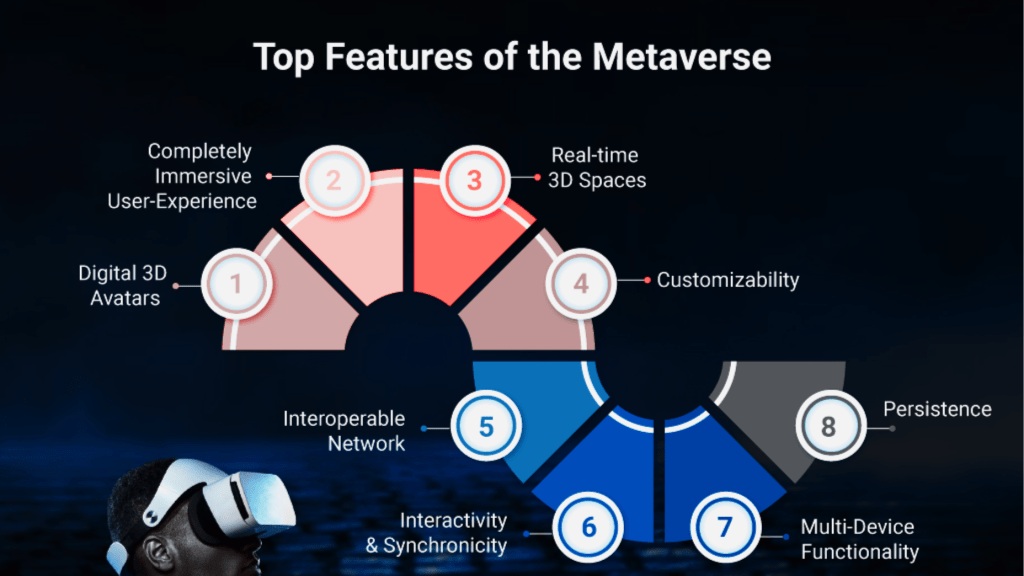The fusion of virtual reality (VR) and augmented reality (AR) technologies is set to revolutionize the digital landscape, ushering in a new era of immersive experiences and enhanced interactions within the metaverse. As these cutting-edge technologies continue to evolve, businesses are exploring the potential of spatial computing, digital humans, shared experiences, gaming, and blockchain to shape the metaverse ecosystem. With companies like Facebook, Magic Leap, and Apple leading the charge in innovation and investment, the race to dominate the metaverse technology landscape is heating up. While Facebook’s acquisition of Oculus has solidified its position as a key player, the competition from other industry giants suggests that a collaborative effort may ultimately define the dominant metaverse technology of the future. Join us as we delve into the exciting possibilities and challenges of this rapidly evolving digital frontier.
As we delve into the core technologies behind the metaverse, it becomes evident that virtual reality (VR) plays a crucial role in shaping immersive virtual environments. VR technology enables users to experience and interact with computer-generated environments in a realistic way, opening up endless possibilities for entertainment, education, and communication within the metaverse. From gaming to training simulations, VR has the potential to revolutionize how we engage with digital spaces and enhance user experiences.
The Impact of Augmented Reality (AR) on User Experience
Augmented reality (AR) is another key technology that is transforming user experiences within the metaverse. Unlike VR, AR overlays digital content onto the real world, blending the physical and virtual realms seamlessly. This technology has the potential to enhance real-world interactions, offering new ways to engage with information, entertainment, and commerce. From interactive marketing campaigns to immersive storytelling experiences, AR is reshaping how we perceive and interact with our surroundings in the metaverse.
How Spatial Computing is Creating More Immersive Worlds

Spatial computing is at the forefront of creating immersive worlds within the metaverse. By enhancing spatial awareness and interaction in virtual environments, companies like Facebook, Microsoft, and Sony are paving the way for more realistic and engaging experiences. Spatial computing technologies enable users to navigate and interact with digital spaces in a more intuitive and natural way, enhancing the sense of presence and immersion within the metaverse.
The Evolution of Digital Humans in Virtual Environments
The evolution of digital humans is a significant aspect of metaverse technology, as companies strive to create lifelike avatars and characters that can interact seamlessly with users. By developing realistic digital personas, companies are enhancing user experiences and fostering a sense of connection and presence within virtual environments. Digital humans play a crucial role in shaping the future of the metaverse, offering new possibilities for communication, collaboration, and entertainment.
As technology continues to evolve, the synergy between emerging technologies like virtual reality (VR) and augmented reality (AR) is playing a significant role in shaping the metaverse. These technologies are enhancing realism through shared experiences and gaming, creating immersive environments that blur the lines between the physical and digital worlds.
Enhancing Realism through Shared Experiences and Gaming
VR and AR technologies are revolutionizing the way we experience and interact with the virtual world. By providing users with immersive experiences, these technologies are enhancing realism and creating shared experiences that bring people together in virtual spaces. Whether it’s exploring a virtual world with friends or competing in multiplayer games, VR and AR are transforming how we engage with digital content.
Leveraging Blockchain for Secure and Decentralized Environments
Blockchain technology is playing a crucial role in creating secure and decentralized environments within the metaverse. By leveraging blockchain, users can ensure the authenticity and ownership of digital assets, such as NFTs (non-fungible tokens). This technology not only enhances security but also enables decentralized governance, giving users more control over their virtual experiences.
The Importance of Real-Time Collaboration and Training in the Metaverse

Real-time collaboration and training are essential components of a successful metaverse environment. Companies like Facebook, Sony, and Microsoft are leading the way in developing technologies that facilitate real-time collaboration and training in virtual and augmented reality. By enabling users to work together in virtual spaces and providing immersive training experiences, these technologies are reshaping how we collaborate, learn, and innovate in the digital age.
The future of the metaverse is rapidly evolving, with significant investments from tech giants like Meta, Google, Microsoft, Nvidia, and Qualcomm. The metaverse is projected to become a $5 trillion economy by 2030, driven primarily by e-commerce, gaming, entertainment, education, and marketing. Companies are exploring various applications of the metaverse, from virtual workplaces to virtual dressing rooms and operating rooms. However, the current metaverse landscape is fragmented, with multiple companies competing to establish their presence, leading to questions about interoperability and widespread adoption.
The Role of User Experience in Shaping Future Technologies
User experience will play a crucial role in shaping the future of metaverse technologies. As the metaverse continues to develop, companies must prioritize creating immersive and engaging user experiences that enhance interactions and productivity. The emphasis on hyper-realistic 3-D adventures and immersive virtual reality experiences will drive widespread adoption of metaverse technologies in the coming years. With advancements like Oculus Quest and PlayStation VR, users are already experiencing what the metaverse has to offer, indicating a strong demand for high-quality user experiences.
Potential Challenges and Solutions for Widespread Adoption

One potential challenge for widespread adoption of metaverse technologies is the fragmented landscape and lack of interoperability among different platforms. Companies must collaborate across industries to overcome this challenge and create a seamless and interconnected metaverse experience. By working together, companies can leverage their expertise and resources to drive advancements and address issues related to user experience, privacy, security, and content creation. Additionally, investing in research and development to improve technology integration and scalability will be crucial for overcoming adoption barriers.
How Cross-Industry Collaboration Can Accelerate Innovation
Cross-industry collaboration will be essential in accelerating innovation within the metaverse. Companies like Facebook, Sony, and Microsoft are leading the charge in patent development, but collaborations with AI chip makers like NVIDIA and enterprise-focused companies like Magic Leap are also driving advancements in metaverse technology. By working together, these companies can bring diverse perspectives and expertise to the table, leading to breakthroughs in virtual reality technology that benefit both consumers and businesses. Collaboration will enable the development of cutting-edge virtual reality experiences and help overcome challenges related to technology integration and scalability.
Predicting the Next Big Breakthrough in Metaverse Technology
Predicting the next big breakthrough in metaverse technology remains a topic of speculation, with experts divided on the potential impact and transformation the metaverse will bring. While some believe the metaverse will revolutionize how humans live, work, and interact, others caution against unrealistic expectations and potential negative consequences. The integration of technologies like virtual reality, augmented reality, blockchain, and artificial intelligence will be key in shaping the future direction and capabilities of the metaverse. Businesses must prepare for the impact of the metaverse on their operations and adapt to new collaboration tools, training methods, and virtual work environments to stay ahead of the curve.
conclusion
In conclusion, the metaverse is a rapidly evolving digital landscape that is being shaped by key technologies such as virtual reality (VR) and augmented reality (AR). These technologies are not only revolutionizing entertainment and communication but also reshaping how we collaborate, learn, and innovate in the digital age. With tech giants like Meta, Google, Microsoft, Nvidia, and Qualcomm making significant investments in the metaverse, the future looks promising. However, the current fragmented landscape raises concerns about interoperability and widespread adoption. As we move forward, it will be crucial for key players and companies to work together to create a cohesive metaverse ecosystem that benefits users worldwide. The dominant metaverse technology is yet to be determined, but one thing is certain – the metaverse is here to stay and will continue to transform the way we experience and interact in virtual environments.










